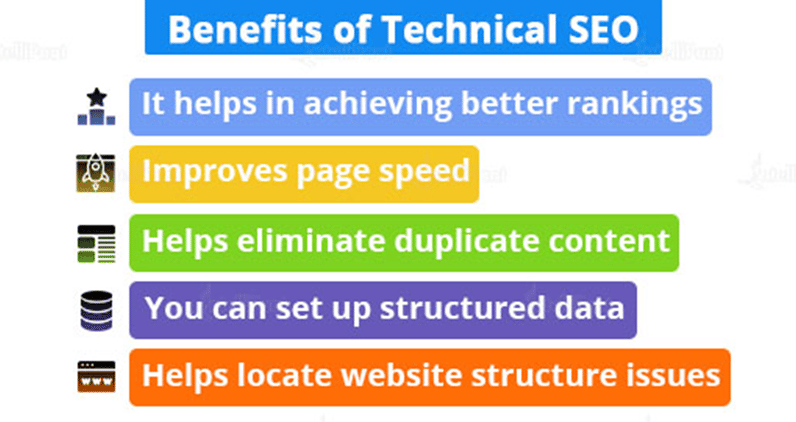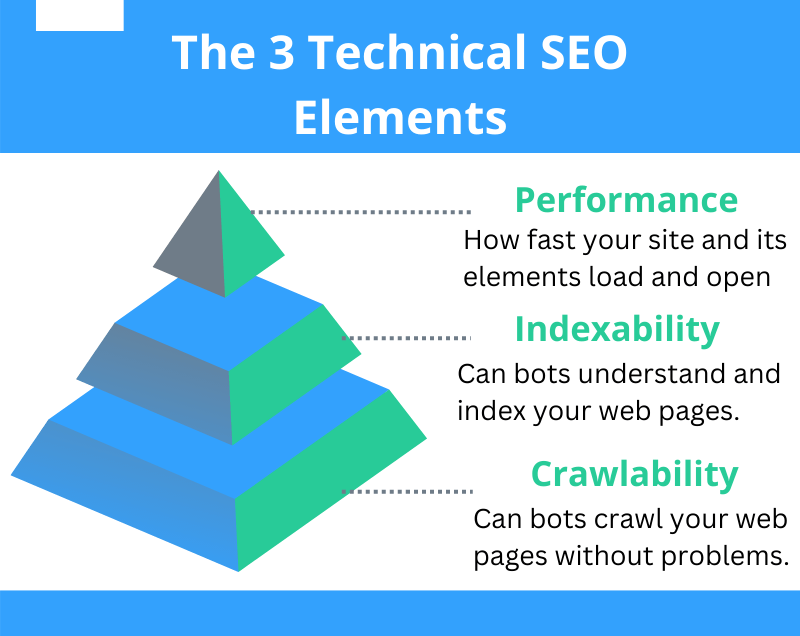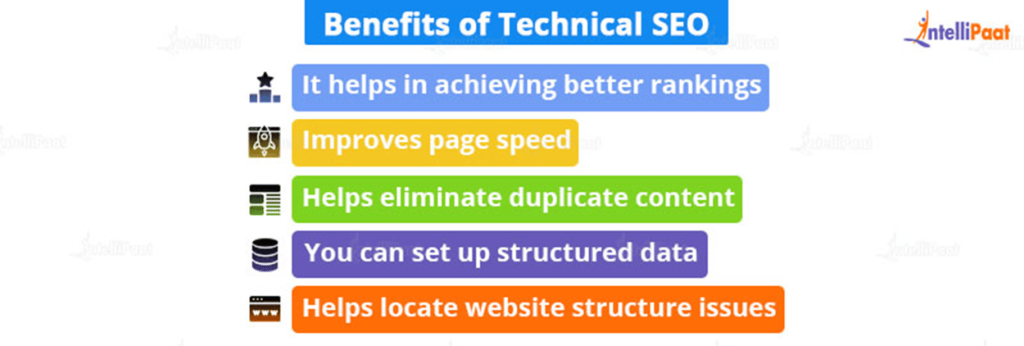
In today’s digital age, having a strong online presence is crucial for businesses to succeed. One key aspect of ensuring a successful online presence is implementing effective SEO strategies. While many people are familiar with the concept of SEO, the importance of technical SEO often goes overlooked. Technical SEO focuses on optimizing the technical aspects of a website, such as site speed, mobile compatibility, and crawlability, to improve its visibility and ranking on search engine result pages. By paying attention to these technical elements, businesses can enhance their online visibility and attract more organic traffic.

What is Technical SEO?
Definition
Technical SEO involves optimizing the technical aspects of a website to improve its search engine rankings and organic traffic. It focuses on enhancing the infrastructure, speed, crawlability, indexability, and overall performance of a website. By implementing technical SEO strategies, website owners can ensure that search engines can effectively crawl and index their site, leading to better visibility in search engine results.
Importance
Technical SEO plays a vital role in improving a website’s search engine visibility. Even with high-quality content and a well-designed website, if the technical aspects are not properly optimized, it can hinder the site’s performance in search engines. Technical SEO helps search engines understand and interpret the website’s content, resulting in higher rankings and increased organic traffic.
By implementing technical SEO strategies, website owners can ensure that their website is accessible to search engine crawlers and properly indexed. This helps search engines understand the website’s relevance and value, which in turn improves its visibility in search engine rankings. In addition, technical SEO ensures a smooth user experience by optimizing website speed, mobile-friendliness, and overall functionality.
Key Elements of Technical SEO
Website Speed
Website speed is a crucial factor in technical SEO. A slow-loading website can negatively impact user experience and lead to higher bounce rates. Search engines also consider page load time as a ranking factor, as they prioritize websites that offer a faster and more efficient user experience. To improve website speed, optimizing images, minimizing HTML, CSS, and JavaScript, and utilizing caching techniques are essential.
Mobile Optimization
With the increasing use of mobile devices for internet browsing, mobile optimization has become vital for websites. A mobile-friendly design ensures that the website displays properly on different screen sizes and devices. Page speed on mobile devices is another critical aspect of mobile optimization. Employing responsive design, optimizing images and media, and utilizing accelerated mobile pages (AMP) can enhance the mobile experience of a website.
Crawlability
Crawlability refers to the ability of search engine crawlers to navigate and access the website’s pages for indexing. Ensuring that search engine crawlers can easily crawl and understand the website’s structure is crucial for better visibility in search engine rankings. Proper internal linking, optimized site navigation, and removal of obstacles like broken links and error pages help enhance crawlability.
Indexability
Indexability is the process of search engines adding web pages to their index. Ensuring that search engines can properly index the website’s important pages is essential for visibility in search engine results. Utilizing robots meta tags, setting up XML sitemaps, employing canonical URLs to avoid duplicate content issues, and properly handling pagination are key strategies for improving indexability.
URL Structure
A well-structured URL is not only user-friendly but also helps search engines understand the content and hierarchy of a website. Factors like URL length, keyword usage, URL hierarchy, and URL canonicalization impact the website’s search engine rankings. Employing best practices for URL structuring, such as including relevant keywords and organizing URLs in a logical manner, can contribute to improved SEO performance.
Site Architecture
Site architecture refers to the organization and structure of a website’s content. Establishing a logical structure with clear hierarchy and categories helps search engines and users navigate the site easily. Internal linking plays a significant role in site architecture, as it helps search engines understand the relationship between different pages and their importance within the site. Proper management of faceted navigation and handling of duplicate content are also crucial for site architecture.
Sitemaps
Sitemaps provide search engines with a clear overview of a website’s pages, helping them crawl and index the site more efficiently. XML sitemaps are specifically designed for search engines, while HTML sitemaps are useful for website visitors to navigate the site. Creating and submitting both types of sitemaps to search engines ensures that all pages are properly indexed and accessible.
Robots.txt File
The robots.txt file allows website owners to communicate with search engine crawlers and specify which parts of the site should be crawled or blocked. Properly configuring the robots.txt file ensures that search engines can access the necessary parts of the site while avoiding those that should not be indexed. This helps streamline the crawling and indexing process and prevents sensitive information from being exposed.
Redirects
Redirects are used to direct users and search engines from an old URL to a new one. Implementing redirects properly is essential to ensure a smooth user experience and prevent the loss of website traffic and search engine rankings. Using 301 redirects for permanent redirects and 302 redirects for temporary redirects, along with proper handling of redirect chains and loops, helps maintain the website’s SEO value during website migrations or URL changes.
Canonical URLs
Canonical URLs are used to indicate the preferred version of a web page to search engines when multiple versions of the same page exist. This helps prevent duplicate content issues and ensures that search engines recognize the primary version of the page for indexing and ranking purposes. Proper implementation of canonical URLs reduces content duplication and consolidates the SEO value of the different versions into a single URL.

Website Speed
Page Load Time
Page load time refers to the time it takes for a web page to fully load and display its content to the user. A faster page load time improves user experience and reduces bounce rates, thereby positively impacting SEO. Studies have shown that users tend to abandon websites that take more than a few seconds to load, highlighting the importance of optimizing page load time for better user engagement and search engine rankings.
User Experience Impact
Website speed directly affects user experience. A slow-loading website frustrates users and leads to a negative perception of the site. On the other hand, a fast-loading website enhances user satisfaction and encourages them to stay longer and explore more pages. Positive user experience signals, such as longer dwell time and lower bounce rates, send positive signals to search engines and can contribute to improved SEO performance.
Factors Affecting Speed
Various factors can impact website speed, including server performance, file sizes, and the efficiency of coding and scripts used on the website. Images, videos, and other media files can significantly weigh down a website if not properly optimized. Minimizing HTTP requests, compressing files, utilizing caching, and employing content delivery networks (CDNs) are effective strategies to improve website speed.
Tools to Measure and Improve Website Speed
Several tools are available to measure and improve website speed. Google’s PageSpeed Insights, GTmetrix, and Pingdom are popular tools that provide detailed insights into a website’s performance and suggest potential improvements. These tools analyze factors like server response time, minification of files, image optimization, and caching to identify areas for optimization. Following their recommendations can help website owners boost their website speed and overall SEO performance.








